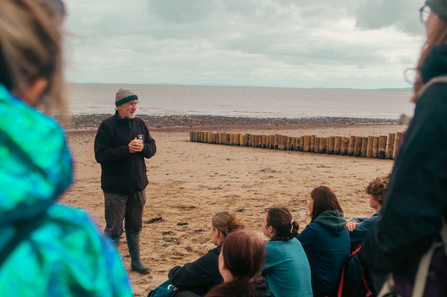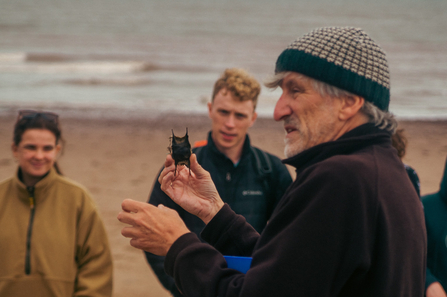As part of the Wildlife Trust’s Shoresearch programme, volunteer Arthur Blackwood explores questions like: what is on this coast, what isn’t on this coast, and what does this mean for the local and global environment?
Having regularly collected data since March 2020, a team of citizen scientists from across the county has produced an extensive set of data that is continuing to grow as Shoresearch events maintain their popularity among its volunteers. These events are open to participation from anyone with any level of experience, and the dataset gathered describes the presence of over 100 species.
Understanding how these species are spread out across the Somerset coast is of huge importance in monitoring how populations change (for better or for worse) in response to threats to wildlife such as climate change, pollution, and invasive species.




